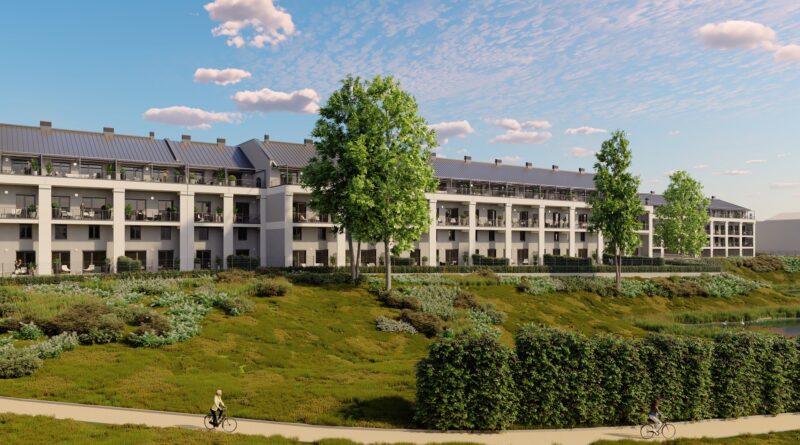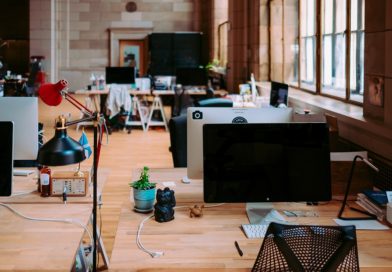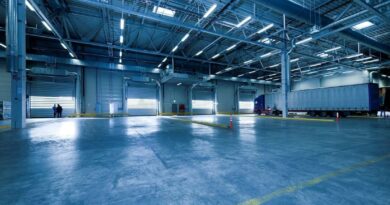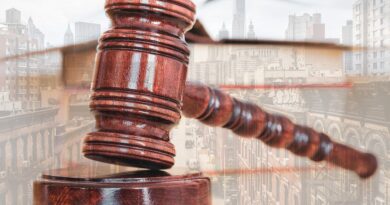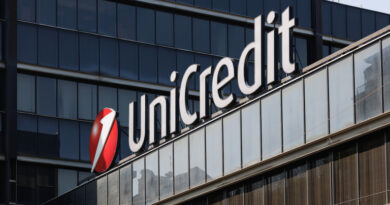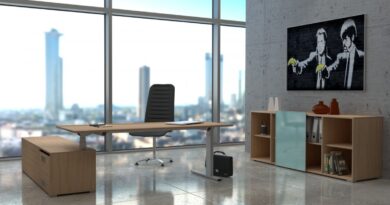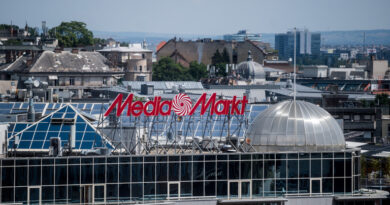Economics of green building
Sustainable real estate investors can operate profitably even in times of financial constraints and they may be better placed in future-proofing their assets than their less forward-thinking peers, says the latest research published by RICS.
The study found that green office buildings in the US performed better during the economic downturn of 2008 and 2009 than their comparable non-green high quality property investments. The findings, which are based on North American data for buildings certified by the EOA’s Energy Star Program, illustrate that rents and occupancy rates for green office buildings were higher during the 2007 to 2009 period than for properties that have not had energy-efficiency measures incorporated into their structures.
While the report’s findings are based on US data, the results are important on an international basis as they expand on the very limited body of existing work on the topic and provide vital tangible evidence that “buildings with green ratings in 2009 commanded rental rates that were substantially higher than those of otherwise identical office buildings, while explicitly controlling for the quality and the specific location of the buildings.
As the report emphasizes, real property continues to play an increasingly important role in matters of environmental conservation. Small increases in the sustainability of buildings, or more specifically in the energy-efficiency of their operation, can have large effects on their current use of energy and on their life-cycle energy consumption.
The research which represents a follow-up to a study carried out by the same research team before the onset of the financial crisis, confirms the findings of that earlier study, namely that even in difficult economic times so-called “green” office buildings can offer economic benefits to investors, including higher rents and lower risk premiums.
Recognizing the huge importance of empirical evidence in mainstreaming of so-called “green” buildings, “Sustainability and the Dynamics of Green Building” is the latest in an extensive series of RICS research reports exploring the value of sustainable buildings to investors, owners and tenants commissioned over the past few years. It is also part of RICS’ cooperation program with the universities of Maastricht in the Netherlands and Berkeley, California.
Commenting on the report, RICS’ Global Head of Sustainability, Ursula Hartenberger said:
“The potential contribution of the real estate sector to a low-carbon economy is immense. Investments into more sustainable business practices and technologies are not only beneficial for humans and the environment, but also for creating long-term value and competitiveness. In terms of the business case within the commercial real estate sector, we are currently witnessing a shift from anecdotal evidence to well-documented case studies.”

